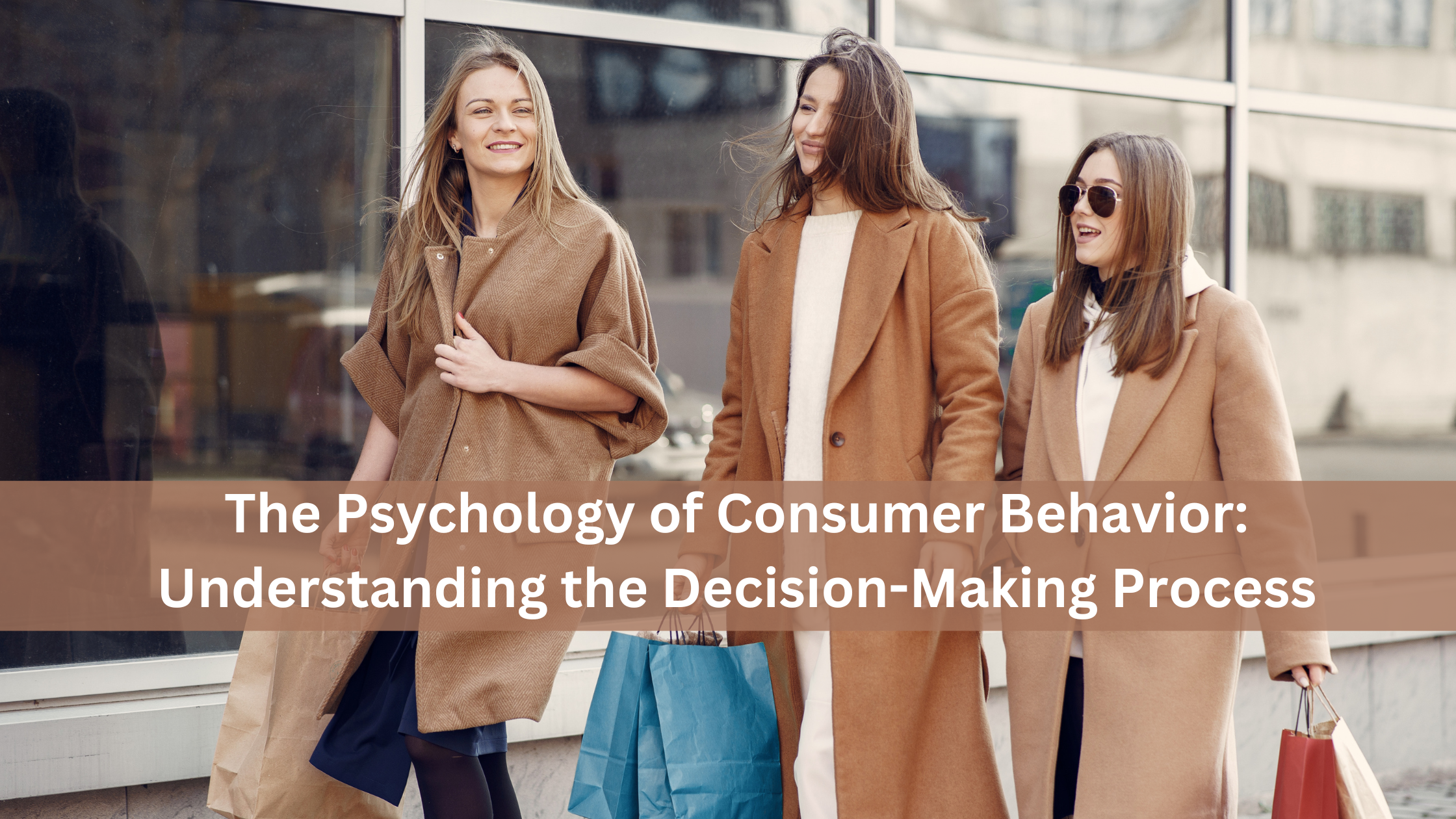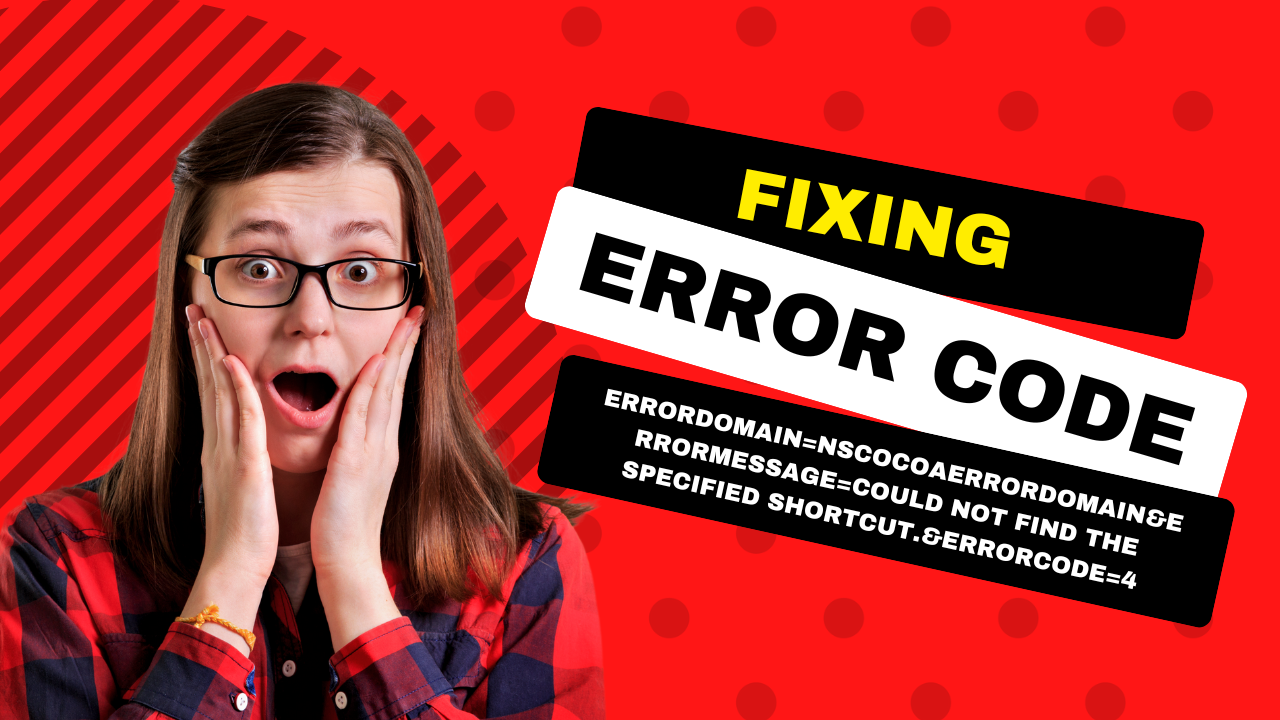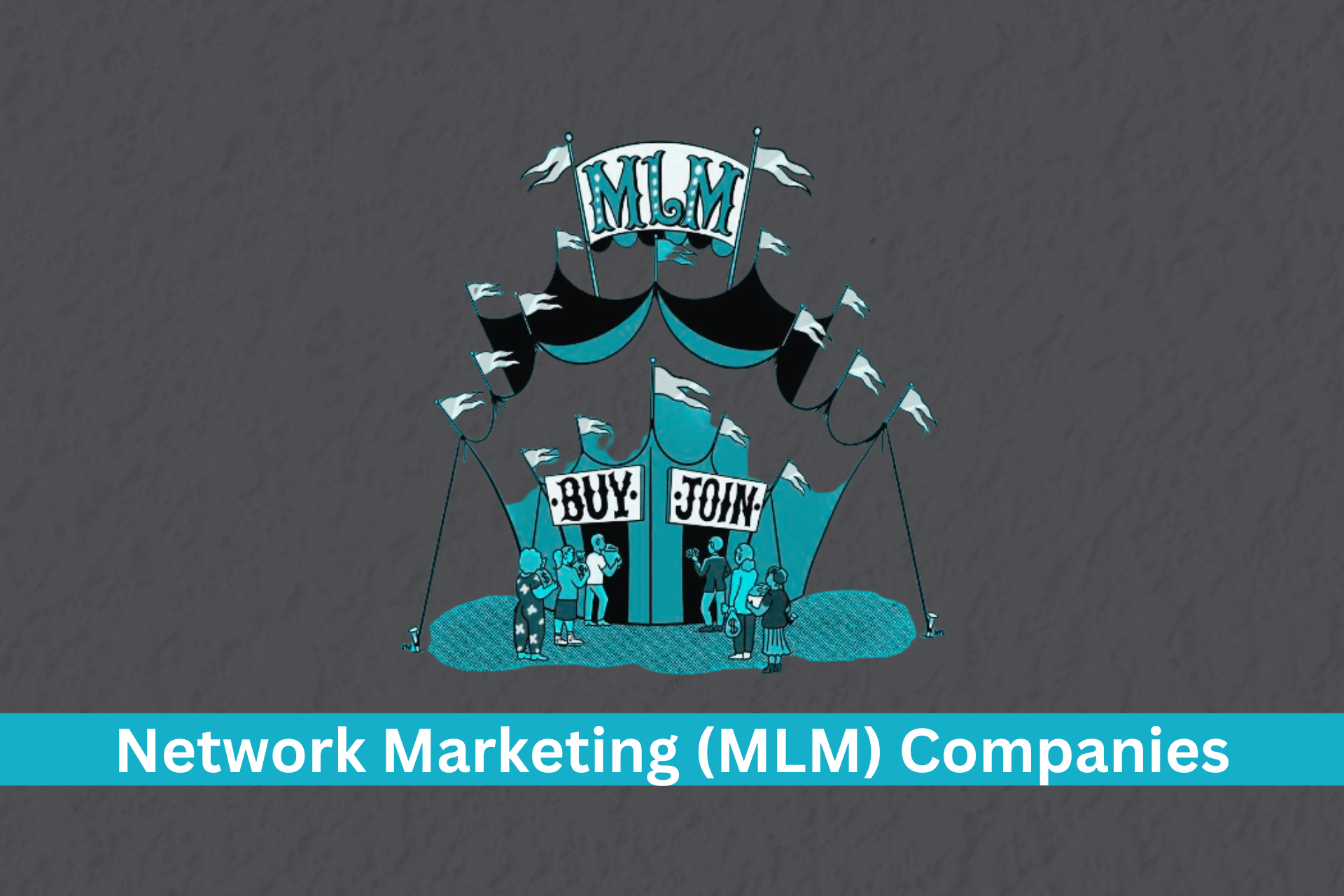Consumer behavior is a complex and fascinating field of study that examines how individuals make choices when purchasing goods and services. Comprehending the psychology behind consumer behavior is crucial for businesses scrutinizing to market their products effectively and connect with their target audience. We will delve into the intricate world of consumer behavior, exploring the various factors influencing decision-making and the psychological processes that drive purchasing choices.
Factors influencing decision-making and the psychological processes
Perception and Sensation
The consumer decision-making process often begins with perception and sensation. Perception refers to how individuals interpret and make sense of sensory information, such as sight, sound, taste, touch, and smell. Sensation involves the physical stimuli received through the senses. In marketing, businesses leverage perception to create appealing visuals, engaging advertisements, and sensory experiences that capture consumers’ attention. For instance, vibrant colors, eye-catching packaging, and pleasing scents can influence how a product is perceived, affecting consumer choices.
Motivation and Needs
Consumer behavior is intrinsically linked to motivation and needs. Abraham Maslow’s hierarchy of needs theory suggests that individuals have a hierarchy of needs, ranging from physiological needs like food and shelter to higher-order needs like self-esteem and self-actualization. Understanding where a product or service fits within this hierarchy can help businesses tailor their marketing strategies. For instance, a luxury car manufacturer may appeal to consumers’ desires for self-esteem and status. At the same time, a grocery store may focus on fulfilling basic physiological needs by promoting affordable and essential goods.
Attitudes and Beliefs
Consumers often base their decisions on their attitudes and beliefs about a product, brand, or service. Attitudes are evaluative judgments, while beliefs are information or knowledge about a subject. Marketers work to shape consumers’ attitudes and beliefs through advertising, branding, and messaging. By creating a positive perception and accentuating the advantages of their offerings, businesses can influence consumer attitudes and, in turn, their buying decisions.
Emotions and Emotional Branding
Emotions play a significant role in consumer behavior. People often make decisions based on their emotional responses to a product or brand. Emotional branding seeks to connect with consumers emotionally, forging a deeper bond between the brand and the customer. For example, a company may use heartwarming storytelling in its advertisements to evoke nostalgia or happiness, associating these emotions with its brand. This emotional connection can lead to increased brand loyalty and repeat purchases.
Social Influence and Group Dynamics
Humans are inherently social creatures, and the opinions and actions of others often influence their behavior. Social influence and group dynamics play a vital role in consumer behavior. Individuals may be swayed by the choices of their peers, family members, or social groups. For example, social proof, such as customer reviews and testimonials, can significantly impact a consumer’s decision to purchase a product. Seeing positive feedback from others can provide reassurance and build trust in the brand.
Cognitive Processes and Decision-Making Heuristics
Consumers use various cognitive processes and decision-making heuristics (mental shortcuts) to simplify complex choices. Common heuristics include:
- Availability Heuristic: People rely on readily available information when making decisions. This means recent or easily accessible information may have a stronger influence on choices.
- Anchoring and Adjustment: Consumers often base their judgments on an initial piece of information and then adjust from there. Marketers can use anchoring to their advantage by presenting favorable initial information.
- Scarcity Heuristic: The perception of scarcity or limited availability can create a sense of urgency and influence consumers to make decisions quickly.
Understanding these cognitive processes can help businesses frame their offerings and marketing messages to align with consumers’ mental shortcuts.
Decision-Making Stages
Consumer behavior is often analyzed in terms of a decision-making process that includes several stages:
- Problem Recognition: Consumers identify a need or problem that requires a solution. Marketers can trigger this stage by highlighting pain points or unmet needs.
- Information Search: Consumers gather information about potential solutions or products. Marketers must provide clear and accessible information during this stage.
- Evaluation of Alternatives: Consumers weigh the pros and cons of different options. Effective marketing can influence the perceived value of a product or service.
- Purchase Decision: The consumer makes the final decision to buy. Factors like pricing, incentives, and convenience can impact this stage.
- Post-Purchase Evaluation: After the purchase, consumers assess their satisfaction. Marketers can influence post-purchase behavior through customer support and follow-up.
Cultural and Subcultural Influences
Culture and subculture significantly shape consumer behavior. Culture encompasses a society’s shared values, beliefs, customs, and behaviors, while subcultures are smaller groups within a culture that share distinct characteristics. Businesses must consider cultural and subcultural influences when targeting specific demographic segments. Cultural norms, language, symbolism, and traditions all shape consumers’ preferences and choices.
Personal Factors
Personal factors, including demographics (age, gender, income, education) and lifestyle, influence consumer behavior. Individuals with different backgrounds and lifestyles may have unique needs and preferences. Marketing measures must consider these personal elements to devise tailored strategies and messaging that resonate with specific target audiences.
Decision-Making Biases
Consumer behavior is subject to various decision-making biases, including confirmation bias (seeking information that confirms preexisting beliefs), anchoring bias (relying too heavily on the first piece of information encountered), and the bandwagon effect (making choices based on others’ actions). Businesses should be aware of these biases and work to mitigate their impact on consumer choices. Providing balanced information and fostering critical thinking can help consumers make more rational decisions.
Brand Loyalty and Habitual Behavior
Brand loyalty and habitual behavior can significantly impact consumer decisions. Consumers often stick with brands they trust and are familiar with, even when proposing alternatives. Businesses can foster brand loyalty through consistent quality, excellent customer service, and loyalty programs that reward regular customers.
Environmental and Situational Factors
Environmental and situational elements, such as time constraints, physical surroundings, and the presence of other people, can influence consumer behavior. For instance, consumers may make diverse choices when shopping online at home than in a physical store with limited time. Comprehending these situational factors enables businesses to adapt their marketing strategies and offerings accordingly.
Technological Advances and Online Shopping Behavior
The advent of the internet and e-commerce has revolutionized consumer behavior. Online shopping provides convenience, accessibility, and a vast array of choices. Understanding how consumers navigate online platforms, read reviews, and compare products is critical for businesses operating in the digital space.
Post-Purchase Behavior and Customer Satisfaction
The journey doesn’t conclude with a purchase. Post-purchase behavior and customer satisfaction are paramount aspects of consumer behavior. Positive post-purchase experiences can usher in brand advocacy, repeat purchases, and long-term customer relationships. Businesses should invest in customer support, feedback collection, and follow-up to ensure a positive post-purchase experience.
Understanding the psychology of consumer behavior is a multifaceted endeavor that combines insights from psychology, sociology, economics, and marketing. Businesses that grasp the intricate interplay of elements influencing consumer choices are better equipped to effectively tailor their strategies, products, and messaging to meet their target audience’s needs and desires. By recognizing the roles of perception, motivation, attitudes, emotions, and social influences, among other factors, businesses can optimize their marketing efforts from white label SEO providers to connect with consumers on a deeper level and drive successful outcomes in the dynamic world of consumer behavior.

The Search Engine Cage team is on a mission to educate entrepreneurs. We make things easier for the small business owner, by writing articles that help them to understand SEO and Digital Marketing.







